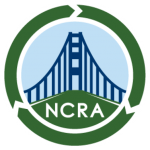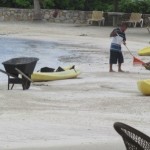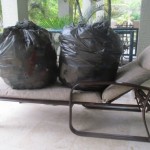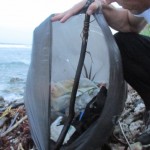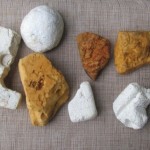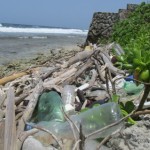By John Hanscom, John T. Hanscom Consulting
On a recent visit to Roatan, Honduras, I was staying at a seaside resort. One evening I took a walk along the shore and began to gather plastic along the way. A lot had accumulated so I asked the hotel for large plastic bags to help with my efforts. I collected two bagfuls of plastic that first evening and three more over the following two days.
The main types of plastic that had washed up were beverage bottles, nets, marine foam from buoys and other flotation equipment and, interestingly, a considerable number of sandals and flip-flops. Bottles were a particular problem because some were so brittle that they would shatter with the slightest pressure. I had to put many carefully into the bag with both hands to keep them from crumbling into small, unrecoverable pieces.
The potability of tap water from island wells is variable, so upon check-in guests are given three bottles of water, labeled with the name of the resort as a promotional item. Three more are waiting in the guest room. Every day, housekeeping provides three new bottles. Each of the 80 occupied rooms receives 24 bottles in one week. That’s potentially 100,000 bottles a year!
I brought this problem to the attention of the resort general manager. I made the contrast between his manicured, man-made white sand beach lagoon that is cleaned daily by his staff and the plastic-littered shoreline on the other side of the protective seawall. I suggested that he perhaps dedicate one of his lagoon clean-up staff to walk along the shoreline and gather up plastic twice a week. Furthermore, I encouraged him to challenge his neighboring resorts along the coast to do the same.
The plastic that I cleaned up was mainly in front of the resort where I was staying. But the plastic litter continued on all the way up and down the coast. Where the plastic contamination stopped was at a resort up the coast that does clean its shoreline and, instead of providing water bottles each day, they provide reusable drinking containers to be refilled at water stations around their property.
I mentioned to the general manager the perceived environmental liability that comes from contributing to the contamination of the very shoreline that tourists travel from around the world to enjoy. I acknowledged that the majority of the plastic was not from his resort, and possibly much of it was not even from the island itself.
Collection of these caches of shoreline plastic seems like an opportunity to directly impact marine debris in an effective manner. It would also allow this and other resorts to be part of the solution to reducing marine plastics by demonstrating that they are preserving the very resource/attraction that tourists come to see.
WHOIS: John T. Hanscom is an environmental planner with over 20 years of managing and implementing waste reduction, recycling and organics programs. His experience as an MRF operations manager, public sector recycling program manager and independent consultant includes all levels of outreach and education, discard characterizations, C&D facility assessments and compliance with mandatory recycling ordinances. He is also trained to provide EnergyStar Benchmarking for commercial buildings and evaluate energy conservation measures. He is bilingual in English and Spanish.
